Japanese Film Festival 2023 Kо̄ Nakahira: A New Wave on the Shores of Japanese Cinema
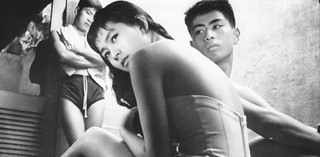
Production still from Juvenile Jungle 1956 / Director: Kō Nakahira / Image courtesy: ©1956 Nikkatsu / View full image
When
6 – 11 Oct 2023
Where
Gallery of Modern Art, Cinema A
About
JFF Special Series returns to QAGOMA in 2023 to proudly present the work of filmmaker Kо̄ Nakahira (1926-1978), a pioneering figure in post-war Japanese cinema.
Nakahira began his career as an assistant director at Shochiku Studio, where he worked alongside prominent directors including the likes of Akira Kurosawa and Yūzō Kawashima. Later on Nakahira would move to Nikkatsu, where he made his directorial debut with Juvenile Jungle 1956. The film became an immediate cultural phenomenon that not only stirred controversy in Japan, but also became an important reference point for the international New Wave movement. Over his prolific twenty-year career, Nakahira’s subsequent experimentation across genres, narrative styles and cinematic forms culminated in over forty features that opened a new era in Japanese film.
Famous for making enemies of film critics with his straight talk, Nakahira was an outspoken stylist who prioritised a film’s visuals over the story itself. Often dubbed “the technique man" by his peers, Nakahira’s films reveal a diverse cinematography dedicated to freedom of form, as well as content that pushed the boundaries of mainstream cinema at the time. Nakahira's works shine a light on stifling conventions and restrictive attitudes towards sex in Japan’s post-war society, with a focus on characters who struggle to find purpose in a modern world they are still adapting to.
This Australia-first retrospective showcases a wide-ranging selection of films produced during Nakahira’s Nikkatsu period, during which he shot successive films with impressive speed. From stylish erotic thrillers to slapstick comedies, psychological melodramas and hardboiled action films, the program demonstrates Nakahira’s versatility across genres, a trait that would set him apart as one of the early transnational directors of the post-war era.
Presented in partnership with:
This program is presented in partnership with the Japanese Film Festival 2023. The Japanese Film Festival is presented by The Japan Foundation, Sydney and made possible by The Japan Foundation Film Library.
Past
-
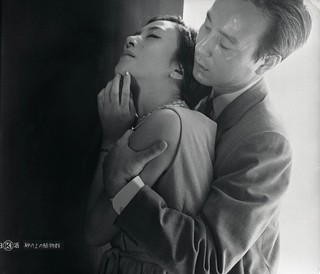
砂の上の植物群 (Flora on the Sand) 1964 Ages 15+
- When 8.00 pm, Wed 11 Oct 2023 (94 mins)
- Where GOMA
-

月曜日のユカ (Only on Mondays) 1964 Ages 15+
- When 6.00 pm, Wed 11 Oct 2023 (93 mins)
- Where GOMA
-
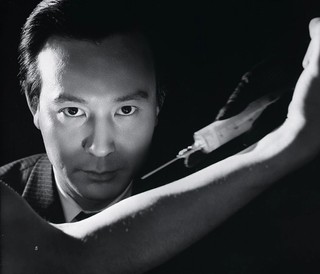
猟人日記 (The Hunter's Diary) 1964 Ages 15+
- When 3.00 pm, Sun 8 Oct 2023 (123 mins)
- Where GOMA
-
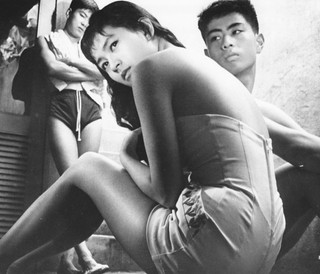
狂った果実 (Juvenile Jungle) 1956 Ages 15+
- When 1.00 pm, Sun 8 Oct 2023 (85 mins)
- Where GOMA
-
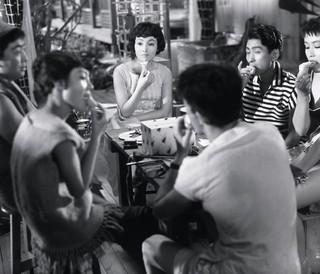
誘惑 (Temptation) 1957 All Ages
- When 10.45 am, Sun 8 Oct 2023 (92 mins)
- Where GOMA
-

黒い賭博師 (The Black Gambler) 1965 Ages 15+
- When 3.30 pm, Sat 7 Oct 2023 (86 mins)
- Where GOMA
-
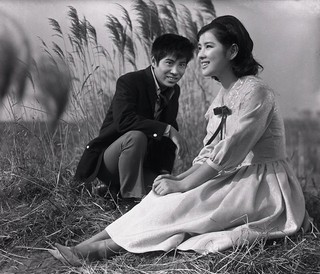
泥だらけの純情 (Mud Spattered Purity) 1963 Ages 15+
- When 1.30 pm, Sat 7 Oct 2023 (90 mins)
- Where GOMA
-
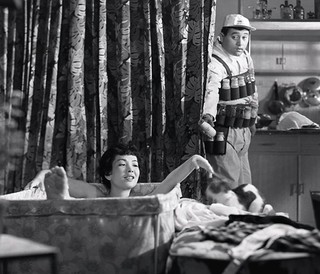
牛乳屋フランキー (Milkman Frankie) 1956 All Ages
- When 11.00 am, Sat 7 Oct 2023 (83 mins)
- Where GOMA
-

危いことなら銭になる (Danger’s Where The Money Is!) 1962 Ages 15+
- When 8.00 pm, Fri 6 Oct 2023 (82 mins)
- Where GOMA
-

狂った果実 (Juvenile Jungle) 1956 Ages 15+
- When 6.00 pm, Fri 6 Oct 2023 (85 mins)
- Where GOMA



